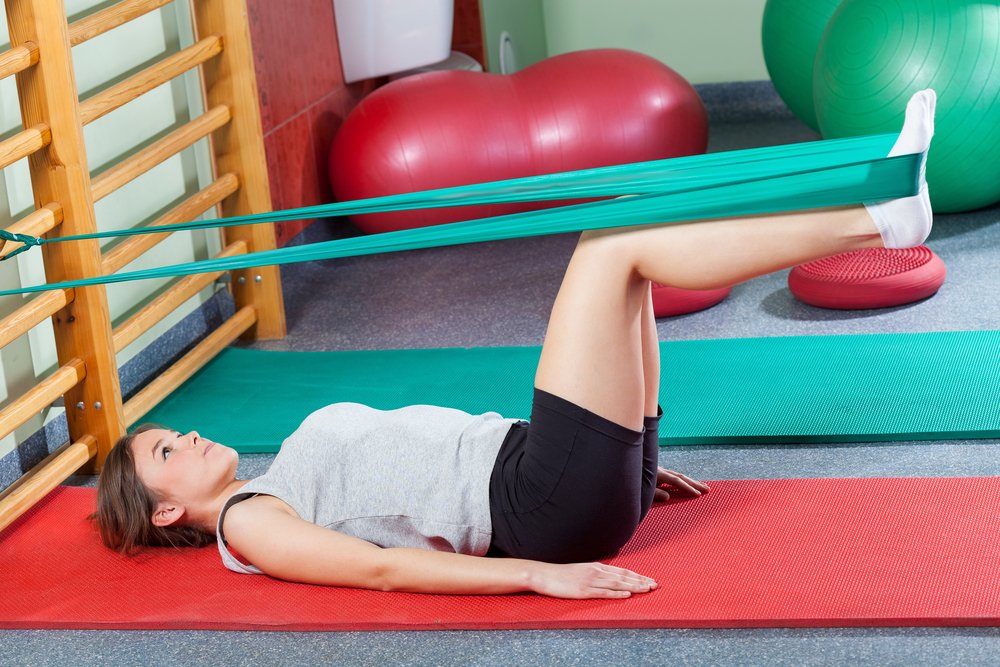Patients Who Exercise Regularly Show Greater Strength and Lesser Disability, Study Finds
Written by |

Routine exercise done at a patient’s own pace improves strength and lessens disability in patients with Charcot-Marie-Tooth (CMT) disease, reports a Canadian study that compared patients adhering to a “self-directed” exercise program with those who do not exercise.
The study, “Effects of Self-Selected Exercise on Strength in Charcot–Marie–Tooth Disease Subtypes,” was published in the Canadian Journal of Neurological Sciences.
CMT, which affect peripheral nerves, leads to progressive distal (hands and/or feet) muscle weakness, and a loss of sensation and deep tendon reflexes. As a result, patients usually suffer muscle cramps, imbalance, gait difficulties and deformities.
Preliminary evidence suggests that whole-body exercise and at-home resistance training can improve strength and functioning in people with CMT, including those with considerable disability. Despite this disease being the most prevalent of inherited neuropathies, however, little information on disease management, including conclusive data on the benefits of exercise, exists. A concern with self-directed exercise — exercises done without direct supervision — is that patients can overextend themselves, risking greater weakness and disability.
The research was led by Steven Baker, from the Department of Medicine, Neuromuscular Disease Clinic, McMaster University, in Hamilton, Ontario. The scientists examined the influence of self-directed whole-body exercise on strength measures in patients with CMT1 or CMT2.
A retrospective review, it included 297 adult patients treated at the Hamilton clinic, based on patient self-reported exercise and resistance training practices.
Results revealed that patients with CMT2 had greater strength values than those with CMT1 regarding hand grip, elbow flexion, and dorsiflexion (backward flexion). Furthermore, patients with either CMT1 or CMT2 who exercised showed greater strength than those who did not.
These results are in line with previous studies showing that CMT1 is associated with more severe loss of strength than CMT2.
Overall, the study demonstrates that an at-home and self-directed exercise program, practiced regularly, improves strength in CMT patients of both CMT1 and CMT2 subtypes. “These results are in keeping with … existing literature from randomized trials that exercise improves strength in CMT patients and should be included in management plans,” the authors wrote.
The study, they said, provides “preliminary evidence that (1) self-directed exercise regimes may be beneficial for CMT patients of varying subtypes, (2) that exercise is not detrimental for strength in these patients, and (3) that there is merit in exploring this area in future studies.”
And, they added, “much work remains to be done to delineate the type of exercise prescription that would best address the needs of the CMT population.”
Future research with larger sample sizes should allow for analysis of exercise benefits within CMT1 and CMT2 patient groups, and for whether improvements in strength help to ease gait and balance problems.




